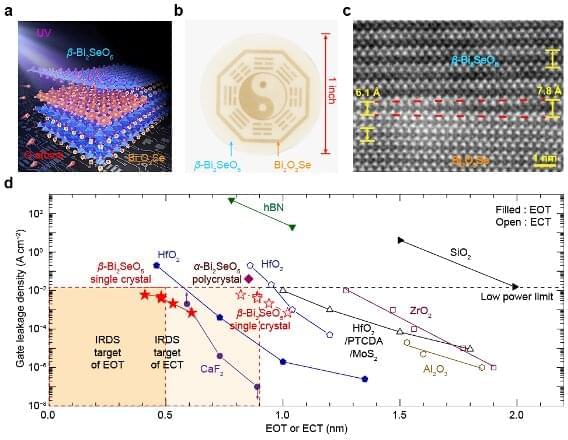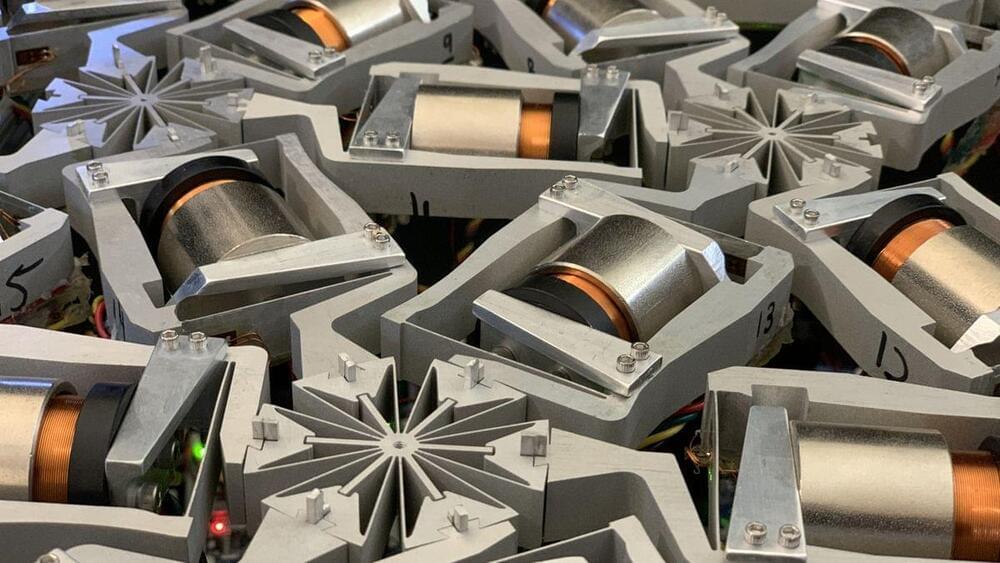Air conditioning is something you barely notice — until the power goes out, and it no longer works. But what if keeping cool didn’t require electricity at all?
A scientist has invented a material that reflects the sun’s rays off rooftops, and even absorbs heat from homes and buildings and radiates it away. And — get this — it is made from recyclable paper. The essential AC: Air conditioners are in 87% of homes in the United States, costing the homeowner $265 per year, on average. Some homes can easily spend twice that.
With global temperatures on the rise, no one is giving up their AC. More people are installing air conditioners than ever before, especially in developing countries where the middle class can finally afford them. 15 years ago, very few people in China’s urban regions had air conditioners; now, there are more AC units in China than there are homes.








